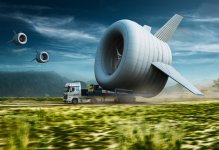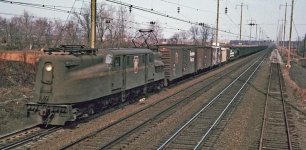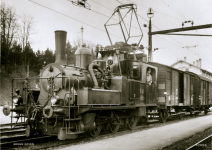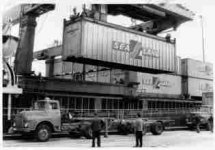Hence current Germany. Nuts.
Everyone except France seems to have leveraged the
Fukushima nuclear disaster to shift their energy policy against nuclear-fission reactors, cancel the regulatory-intensive burden of new nuclear developments, and non-renew existing maintenance-intensive reactors. Concerns with nuclear-weapons proliferation from spent fuel theft, and disposal costs may also escalate budget over-runs.
Adversity to regulatory burdens seems to have favored any other option over nuclear reactors.
Fukushima inspired global cost cutting that axed a clean source of energy generation, replacing it with coal or rolling-power outages. Savings in reactor spending was shifted to more tax-credit incentives for solar arrays, renewable-energy programs, and contracts with R&D labs, such as the
Fraunhofer Institute for Solar Energy Systems.
The German economy learned the hard way how their state-subsidized R&D partnerships between Fraunhofer and Chinese-production partners result in patent infringement that converts into Chinese global-market dominance.
Fraunhofer patent holders could only try to buy enforcement efforts from local Chinese governors, the same way Bill Gates did before leaving Microsoft. It was a losing battle of whack-a-mole trying to stop counterfeit distributions of Windows software, by buying off local Chinese sheriffs to raid the counterfeit factories.
Today reports of fish around Fukushima have
180 times the legal limit of radioactive cesium, and un-regulated
Salmon farms saturate the meat with antibiotics & pesticides. The result is more
doctors discouraging their patients from eating fish, since no amount of cooking reduces toxicity, or antibiotic-resistant disease in the meat.
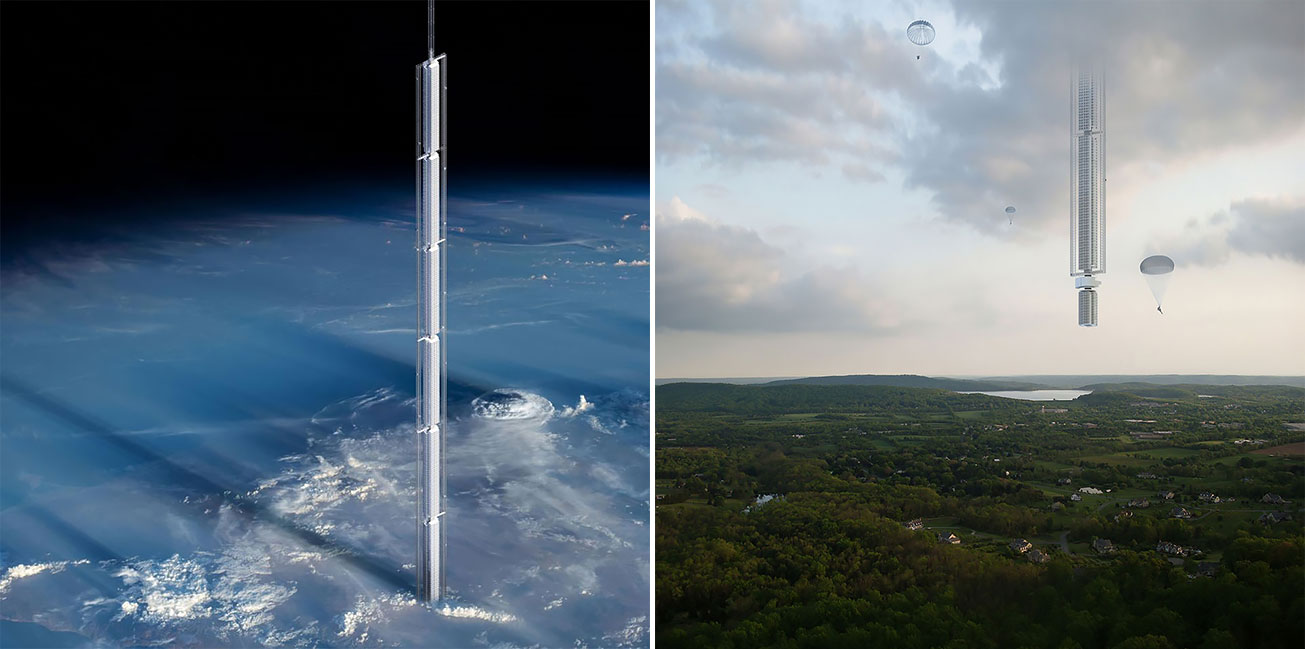
designyoutrust.com



